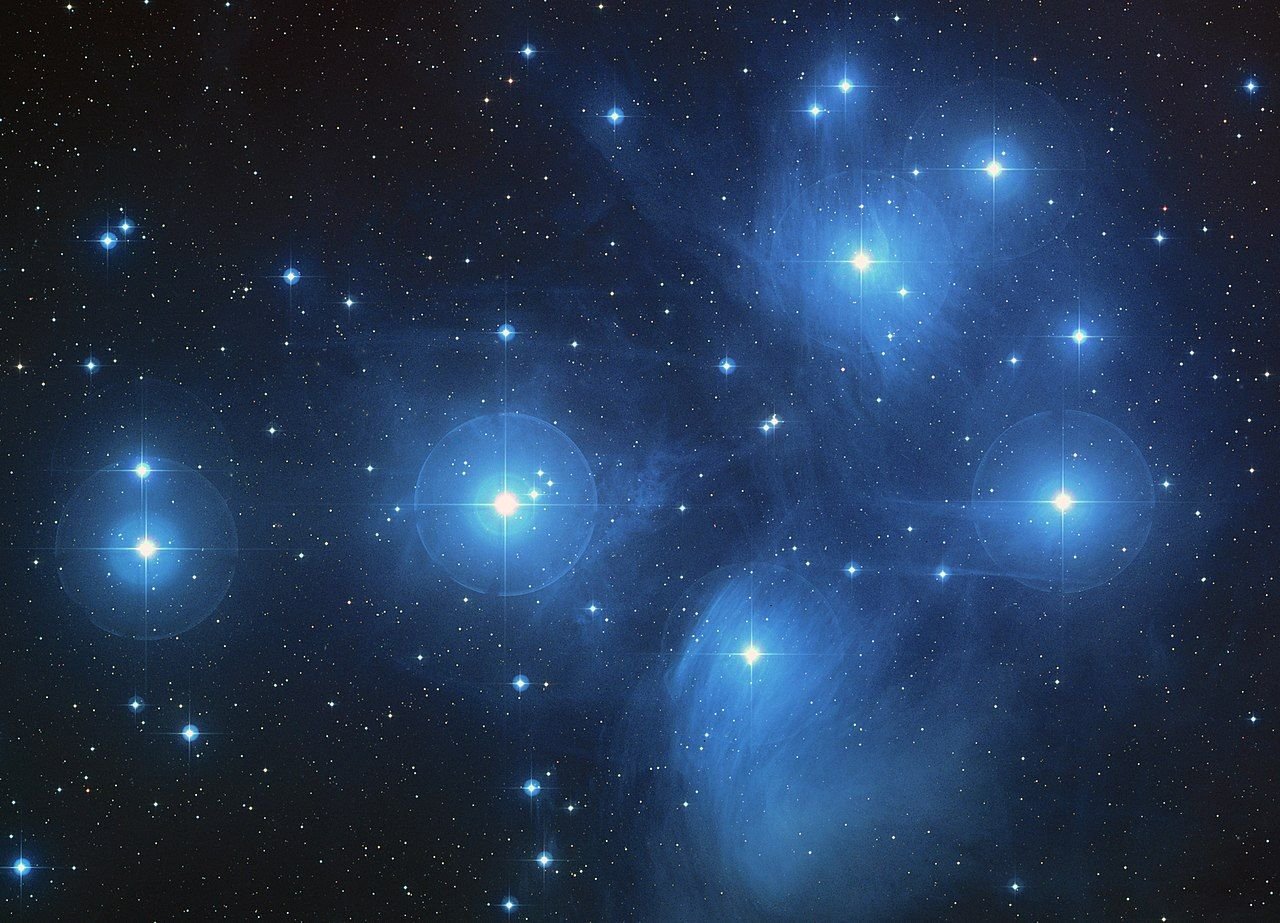The night sky has fascinated humans for millennia. Whether for navigation, storytelling, or scientific discovery, stars and constellations have played a fundamental role in our understanding of the universe. This guide is designed for beginner astronomers who want to learn more about these celestial objects and how to recognize them in the night sky.
What Are Stars?
Stars are massive, luminous spheres of plasma held together by gravity. They generate light and heat through nuclear fusion, a process that converts hydrogen into helium, releasing immense energy. Our own Sun is a star, and it is the closest one to Earth.
Types of Stars
Stars vary in size, brightness, and lifespan. They are categorized by their spectral classification:
- O-Type Stars – The hottest and most massive stars, appearing blue in color.
- B-Type Stars – Slightly cooler than O-type, but still very bright and blue-white.
- A-Type Stars – White or bluish-white stars, known for their strong hydrogen lines.
- F-Type Stars – Yellow-white stars, slightly hotter than the Sun.
- G-Type Stars – Yellow stars, like our Sun, with moderate temperatures.
- K-Type Stars – Orange stars that are cooler than the Sun but still bright.
- M-Type Stars – The coolest and most common stars, appearing red.
Some stars exist in groups, forming binary or multiple star systems. Others belong to star clusters, which are large groups of stars formed from the same molecular cloud.
What Are Constellations?
Constellations are patterns of stars that appear to form recognizable shapes in the night sky. Ancient civilizations used them for navigation, timekeeping, and mythology. Today, astronomers recognize 88 official constellations.
Major Constellations and Their Stars
Here are some of the most famous constellations that beginners can easily spot:
- Orion – One of the most recognizable constellations, Orion is known for its three-star “belt” and bright stars Betelgeuse (a red supergiant) and Rigel (a blue supergiant).
- Ursa Major – Famous for containing the Big Dipper, which serves as a useful guide for locating the North Star (Polaris).
- Ursa Minor – Also called the Little Dipper, this constellation includes Polaris at the tip of its handle.
- Cassiopeia – A distinctive W-shaped constellation, easily found opposite the Big Dipper.
- Leo – Resembling a lion, Leo contains the bright star Regulus and is best viewed in spring.
- Cygnus – Also known as the Swan, Cygnus features Deneb, one of the brightest stars in the night sky.
- Scorpius – Recognized for its curving tail and bright star Antares, it dominates summer skies.
How to Identify Constellations
Identifying constellations may seem challenging at first, but with practice, it becomes easier. Here are some tips:
- Start with the brightest stars – Locate the most luminous stars and use them as reference points.
- Use star maps and apps – Printed star charts and mobile apps can help identify constellations.
- Look for distinctive patterns – Some constellations, like Orion and the Big Dipper, have clear, recognizable shapes.
- Observe at the right time – Some constellations are only visible in certain seasons.
- Get away from city lights – Light pollution can make it difficult to see faint stars.
The Importance of Stars and Constellations
Stars and constellations have shaped human history. Ancient sailors used them for navigation, while farmers relied on them to track the seasons. Today, astronomers study stars to learn more about the universe, including how galaxies form and evolve.
Additionally, stars are essential to life. Our Sun provides the light and warmth necessary for life on Earth. Other stars may host planets with conditions suitable for life, a topic that continues to intrigue scientists.
Stars and Constellations: A Beginner’s Guide
Observing stars and constellations is a rewarding experience that connects us to the vast universe. With patience and practice, beginners can learn to recognize key constellations and understand the significance of stars. Whether for casual stargazing or deeper astronomical study, the night sky offers endless wonders waiting to be explored.

